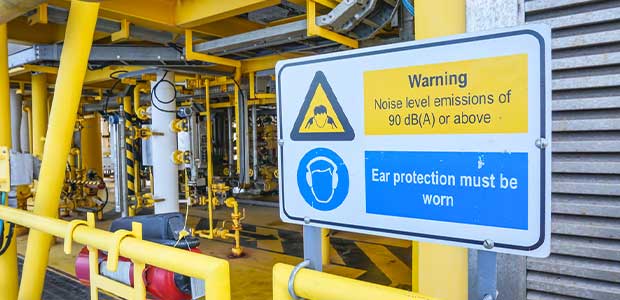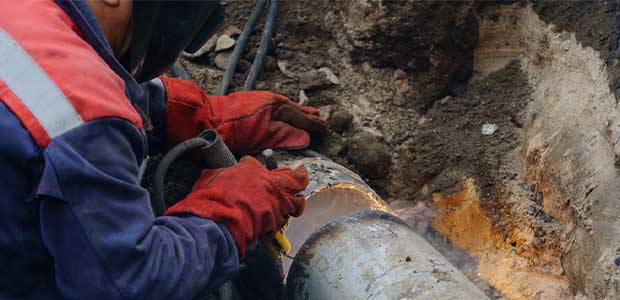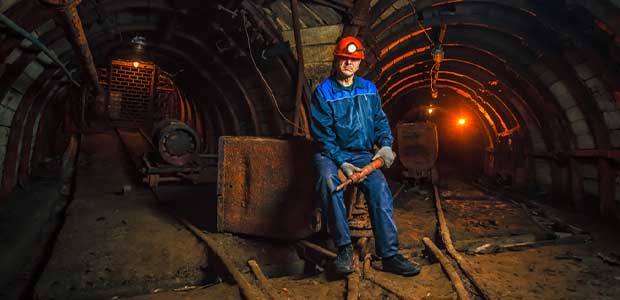
The company faces citations for one willful and one repeat violation.

The site was first recognized in 2007.
From repairing electrical lines with thousands of volts running through them to orchestrating precise tasks hundreds of feet above the deck on an oil rig, lineman and oil and gas workers face countless hazards daily.

The incident occurred at John F. Kennedy International Airport on April 3, 2023.

What tools or applications can employers invest in to increase communication?

Wheelabrator Bridgeport has been recognized as a “star” site under OSHA's VPP since 2005.

Discover five occupational safety tips for plumbers working on underground pipe repairs.

In 2021, distracted driving led to the death of over 3,000 people.

The confidential screenings are available to all coal miners, current or former.

Under the memorandum signed in February, OSHA can now “issue certifications in support of applications for U nonimmigrant status and T nonimmigrant status visas,” the agency said.